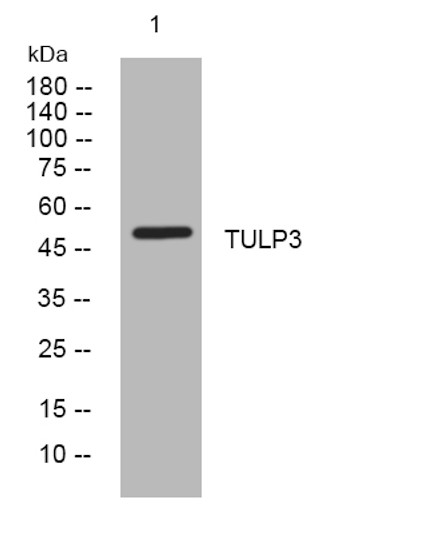| Function | Saposin-A and saposin-C stimulate the hydrolysis of glucosylceramide by beta-glucosylceramidase and galactosylceramide by beta-galactosylceramidase. Saposin-C apparently acts by combining with the enzyme and acidic lipid to form an activated complex, rather than by solubilizing the substrate. Saposin-B stimulates the hydrolysis of galacto-cerebroside sulfate by arylsulfatase A, GM1 gangliosides by beta-galactosidase and globotriaosylceramide by alpha-galactosidase A. Saposin-B forms a solubilizing complex with the substrates of the sphingolipid hydrolases. Saposin-D is a specific sphingomyelin phosphodiesterase activator. Prosaposin: Behaves as a myelinotrophic and neurotrophic factor, these effects are mediated by its G-protein-coupled receptors, GPR37 and GPR37L1, undergoing ligand-mediated internalization followed by ERK phosphorylation signaling. Saposins are specific low-molecular mass non-enzymic proteins, they participate in the lysosomal degradation of sphingolipids, which takes place by the sequential action of specific hydrolases. |
| Protein Name | ProsaposinProactivator Polypeptide Cleaved Into - Saposin-AProtein A - Saposin-B-Val - Saposin-BCerebroside Sulfate ActivatorCsactDispersinSphingolipid Activator Protein 1Sap-1Sulfatide/Gm1 Activator - Saposin-CA1 ActivatorCo-Beta-GlucosidaseGlucosylceramidase ActivatorSphingolipid Activator Protein 2Sap-2 - Saposin-DComponent CProtein C |
| Database Links | Reactome: R-HSA-114608Reactome: R-HSA-375276Reactome: R-HSA-418594Reactome: R-HSA-6798695Reactome: R-HSA-9840310 |
| Cellular Localisation | LysosomeProsaposin: SecretedSecreted As A Fully Glycosylated 70 Kda Protein Composed Of Complex Glycans |
| Alternative Antibody Names | Anti-Prosaposin antibodyAnti-Proactivator Polypeptide Cleaved Into - Saposin-A antibodyAnti-Protein A - Saposin-B-Val - Saposin-B antibodyAnti-Cerebroside Sulfate Activator antibodyAnti-Csact antibodyAnti-Dispersin antibodyAnti-Sphingolipid Activator Protein 1 antibodyAnti-Sap-1 antibodyAnti-Sulfatide/Gm1 Activator - Saposin-C antibodyAnti-A1 Activator antibodyAnti-Co-Beta-Glucosidase antibodyAnti-Glucosylceramidase Activator antibodyAnti-Sphingolipid Activator Protein 2 antibodyAnti-Sap-2 - Saposin-D antibodyAnti-Component C antibodyAnti-Protein C antibodyAnti-PSAP antibodyAnti-GLBA antibodyAnti-SAP1 antibody |
Information sourced from Uniprot.org









![Western blot analysis of lysates from wild type (WT) and PSAP knockdown (KD) 293T cells using [KD Validated] PSAP Rabbit mAb (STJ11107290) at 1:1000 dilution incubated overnight at 4C. <br>Secondary antibody: HRP-conjugated Goat anti-Rabbit IgG (H+L) (STJS000856) at 1:10000 dilution. <br>Lysates/proteins: 25 Mu g per lane. <br>Blocking buffer: 3% nonfat dry milk in TBST. <br>Detection: ECL Basic Kit <br>Exposure time: 90s. Western blot analysis of lysates from wild type (WT) and PSAP knockdown (KD) 293T cells using [KD Validated] PSAP Rabbit mAb (STJ11107290) at 1:1000 dilution incubated overnight at 4C. <br>Secondary antibody: HRP-conjugated Goat anti-Rabbit IgG (H+L) (STJS000856) at 1:10000 dilution. <br>Lysates/proteins: 25 Mu g per lane. <br>Blocking buffer: 3% nonfat dry milk in TBST. <br>Detection: ECL Basic Kit <br>Exposure time: 90s.](https://cdn11.bigcommerce.com/s-zso2xnchw9/images/stencil/600x533/products/186486/408159/STJ11107290_1__50636.1744894560.jpg?c=1)

